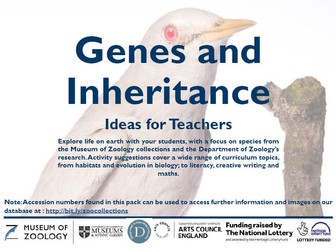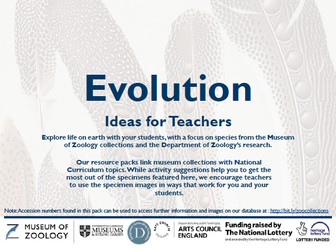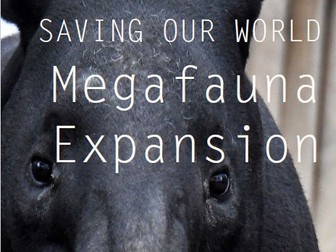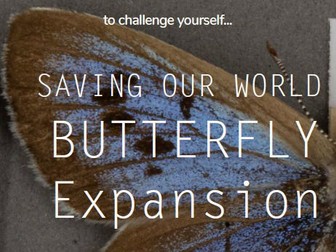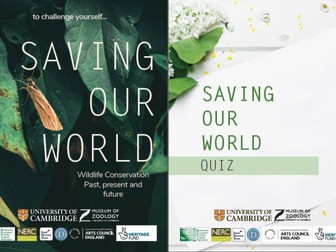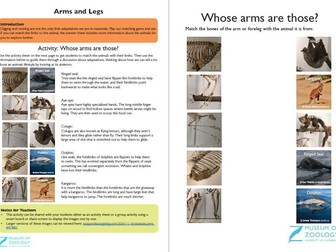
Genes and Inheritance - Ideas for Teachers
Our resource packs link museum collections with National Curriculum topics. While activity suggestions help you to get the most out of the specimen images in ways that work for you and your students.
Our online resources are always developing and growing, to help us shape these resources for the better, please comment or complete the evaluation form via the link below to let us know about your experience in using them:
https://www.surveymonkey.co.uk/r/W6B3LYM
Each image is of a specimen within the University Museum of Zoology collection. These images are free to download and use non-commercially. This work is licensed under the Creative Commons Attribution-NonCommercial 4.0 International (CC BY-NC 4.0). To view a copy of this license visit: https://creativecommons.org/licenses/by-nc/4.0/
